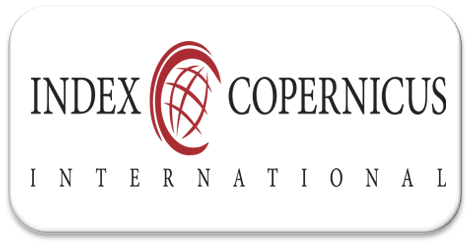TOLERANSI BERAGAMA PERSPEKTIF ISLAM DAN KONG HU CU
Abstract
Keywords
Full Text:
PDFReferences
Ali, Mursyd. (2011). Dinamika Kerukunan Hidup Beragama Menurut Perspektif Agama-Agama. Jakarta:Peningkatan Kerukunan Hidup Beragama.
al-Munawar, Said Agil Husain. (2003). Fikih Hubungan Antar Agama. Jakarta: Ciputat Press.
Charirs, Anton Baker dan Ahmad. (1990). Metode Penelitian Filsafat. Jakarta: Kanisius.
Et all, Zakiah Darajat. (1982). Perbandingan Agama. Jakarta: Bulan Bintang.
Ghazali, M. Bahri. (1994). Studi Agama-Agama Dunia. Jakarta: Pedoman Ilmu Jaya.
Harahap, Syahrin. (2011). Teologi Kerukunan. Jakarta: Prenada.
Ing, Tjhie Tjay. (1985). Pokok-Pokok Keimanan Konfusiani. Jakarta: Matakin.
Joesoef. (t.t). Agama-Agama besar di Dunia. Jakarta: Press.
M, Hidayat Z. (1978). Masyarakat dan Kebudayaan Cina Indonesia. Bandung: Tarsita.
Mulyono, Bashori. (2010). Ilmu Perbandingan Agama. Indramayu: Pustaka Syid Sabiq.
Shihab, M. Quraish. (2002). Tafsir Al-Misbah Vol 4. Jakarta: Lentara Hati.
Tebba, Sudirman. (2001). Islam Pasca Orde Baru. Yogyakarta: Tiara Wacana Yogya.
Udang-Udang Dasar, Pedoman Penghayatan dan Pengalaman Pancasila, Ketetapan MPR N o. II/MPR. 1978, Seketariat Negara RI.
Sumber: ww.republika.co.id/berita/nasional/hukum/14/11/24/nfjb11
DOI: http://dx.doi.org/10.22373/arj.v1i1.9442
Refbacks
- There are currently no refbacks.
Copyright (c) 2021 Taslim HM Yasin

This work is licensed under a Creative Commons Attribution-ShareAlike 4.0 International License.
INDEX BY:

This work is licensed under a Creative Commons Attribution-ShareAlike 4.0 International License







.png)
1.png)
.png)

.png)










.png)


